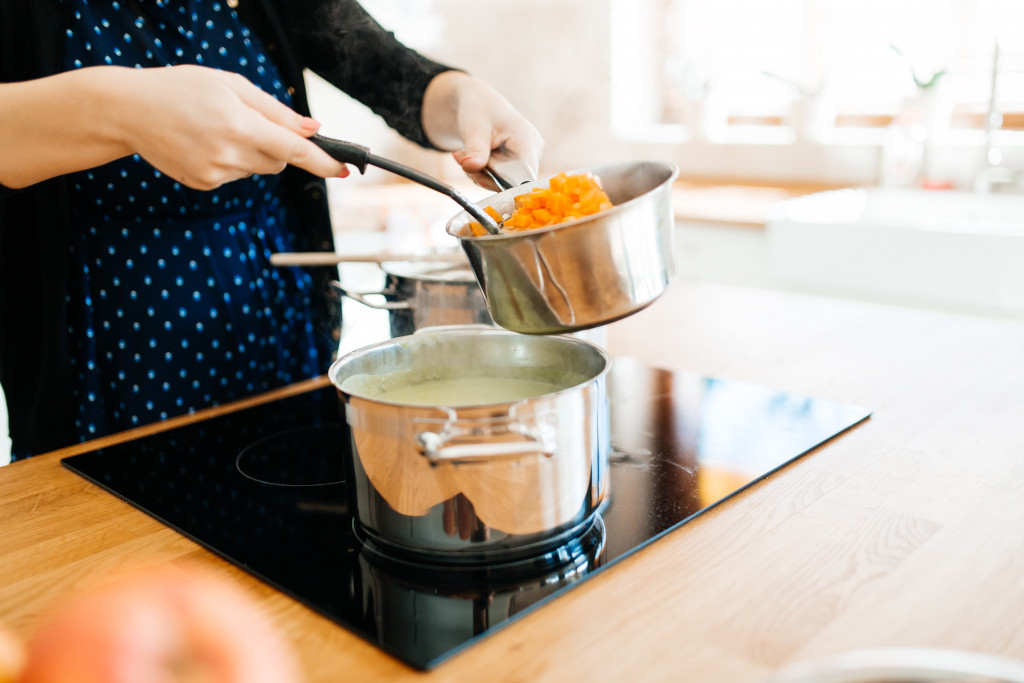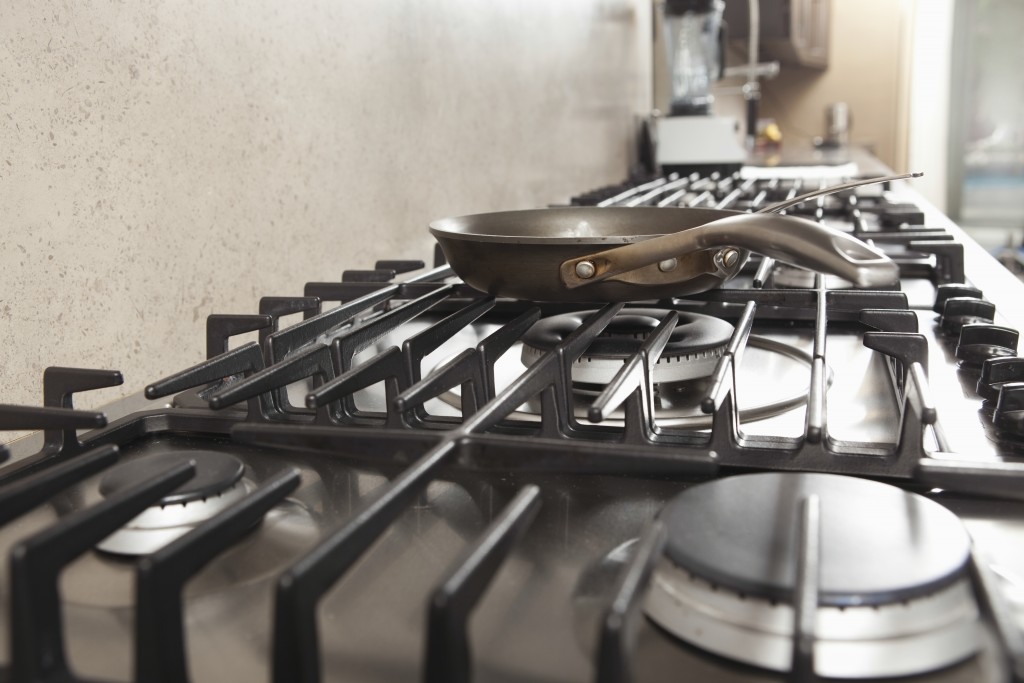The fast-food industry is booming, with global revenue of $570 billion. An example of the increased popularity of fast food is in the USA. In 1970, the industry generated $6 billion; by 2015 it had increased to $200 billion, with the top five types of Quick Serve Restaurants (QRS) being hamburger joints, pizza parlors, sandwich shops, chicken restaurants and Mexican cantinas.
From Fast to Slow Food
However, since the Covid-19 pandemic, more people have become savvier in the kitchen and made their own meals. In a survey conducted at the end of May 2020, 48 per cent of Germans, 51 per cent of British and 56 per cent from the USA said they had increased time spent cooking.
Since most of the dishes require cooking, the purchase of kitchen utensils and equipment during the lockdown has improved. Sales in bread makers, electric skillets, sandwich and pasta makers, citrus juicers and rice cookers have all increased since March 2020.
Introducing Induction

The increased demand in small kitchen appliances has meant that products using new technologies to make cooking easier and quicker have received a boost in demand. One example is the induction stovetop. Conventional stoves cook the food through conduction from the hot plate or flame to the pan that heats the ingredients.
Induction stoves rely on electromagnetics to create a magnetic field that agitates atoms in the cooking pot. The cooker’s electromagnetic elements are located under a glass ceramic plate. The movement of atoms causes the vessel to heat quickly with less energy, and doesn’t lose heat through convection—making cooking 30 percent more efficient than with a gas hob.
The efficiency is increased since the stove uses a direct current solid state relay (SSR) switch instead of conventional electro-mechanical relays (EMR). Both relays perform input to output isolation and switching functions. The advantage of the SSR over the EMR is that it has no moving parts that wear out and need replacing. The EMR is also bulkier, noisier and slower.
Since the process relies on electromagnetics, the cooking vessels need to be steel or cast iron. The benefits of induction do not work with copper, aluminum and other non-metal saucepans. To tell if the pan is suitable, place it on the surface and see if it sticks; the stove will not operate unless the correct vessel is used. The induction plate does not transfer heat, so the stovetop remains cool, although some of the heat from the saucepan will radiate to the hob surface.
Cooking Times
Due to the process of induction, the pan is heated more evenly compared to gas or electric hotplates. A programmed temperature is reached and adjusted up or down quicker with an induction stove since it is not transferring heat through conduction. You won’t have time to prep ingredients for cooking whilst waiting for the oil to heat up, as you would with a conventional hob. Since the temperature for an induction stove can be manipulated more accurately, you have more scope to experiment with more heat sensitive dishes.
One of the unforeseen advantages of the Covid-19 pandemic is that more people spend time in the kitchen making healthier meals. The new normal means that demand for items to make the kitchen experience easier and more enjoyable will increase.

